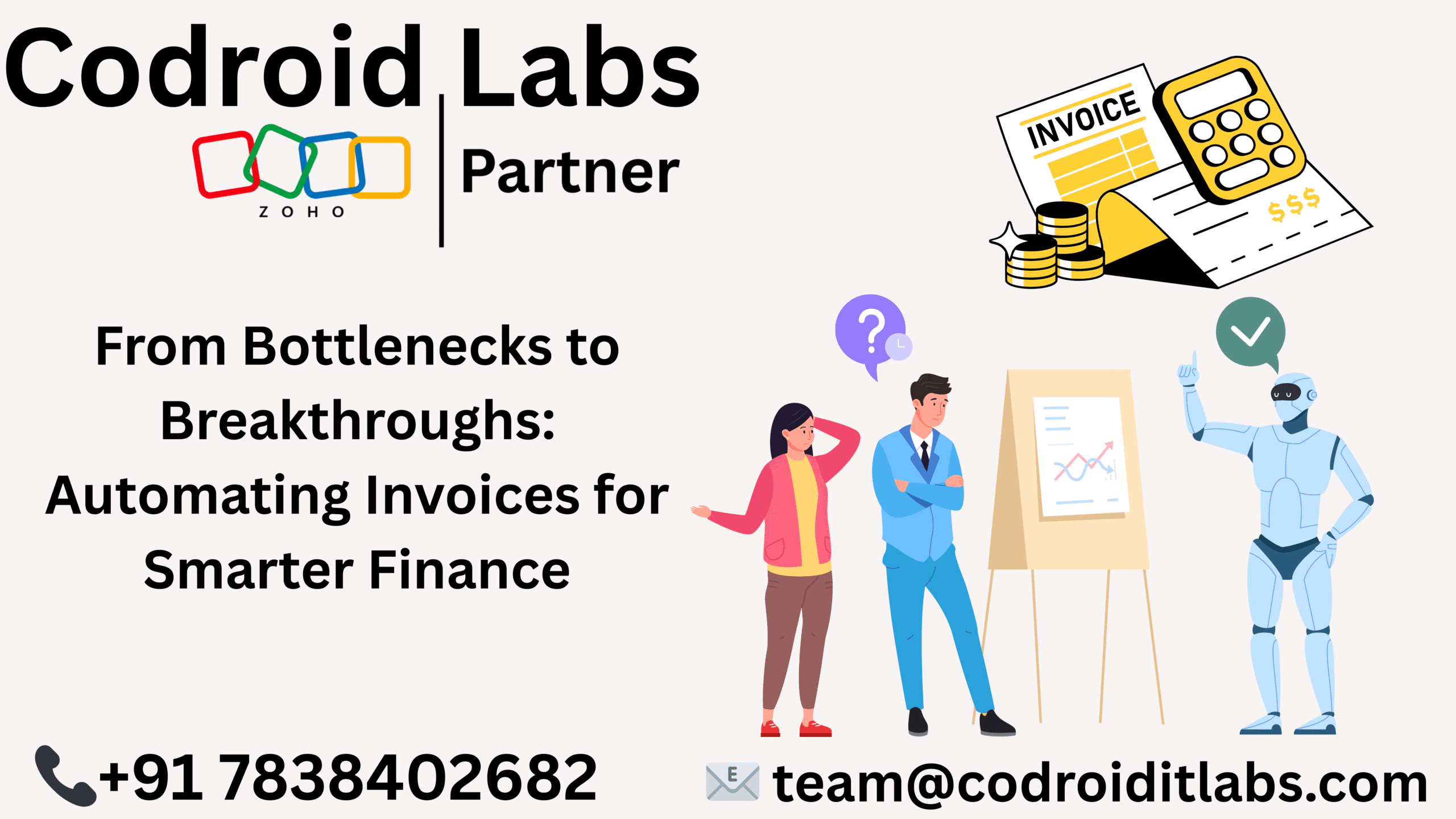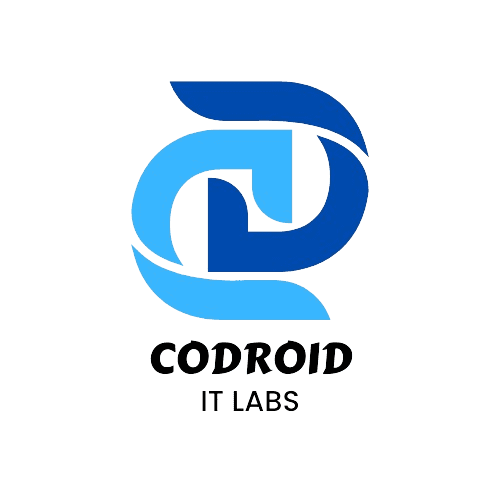
For today’s Chief Financial Officers, managing accounts payable transcends mere transactional processing. It’s intrinsically linked to upholding robust cash flow, nurturing vital vendor partnerships, and ensuring impeccable financial integrity. Despite significant advancements in digital solutions, many enterprises continue to grapple with traditional, labor-intensive methods of invoice processing handling.
The critical query confronting finance leadership is no longer a simple “Should we embrace automation?” but rather, “What is the true economic burden of persisting with manual invoice workflows?”
The Deceptive Price Tag of Conventional Invoice Processing
While manual systems might initially appear economical due to their reliance on existing personnel and established routines, a deeper examination reveals substantial hidden expenditures that accrue rapidly:
Human Capital Drain: Processing a single invoice by hand consumes approximately 10–15 minutes. For organizations managing 1,000 invoices monthly, this translates to over 160 hours of dedicated staff effort.
Financial Leakage from Errors: The propensity for human error—such as incorrect data entry, redundant disbursements, or missed payment deadlines—can erode 1–3% of a company’s aggregate annual expenditure.
Bottlenecks in Authorization: Invoices frequently languish in digital inboxes or physical trays, creating significant delays in vendor payments and, consequently, straining crucial supplier relationships.
Regulatory Vulnerabilities: The absence of comprehensive digital audit trails or insufficient documentation can expose the enterprise to regulatory penalties and instances of fiscal misreporting.
On average, the operational cost for processing a single invoice through manual means falls between $12 and $15.
The Strategic Advantage of Digitized Accounts Payable
With the adoption of automation, the entire Accounts Payable dynamic shifts. Instead of being mired in clerical drudgery and process chokepoints, CFOs gain unprecedented velocity, precision, and oversight:
Drastically Reduced Operating Costs: Automation slashes the average cost per invoice to a mere $2–3.
Expedited Approval Pipelines: Invoices flow through streamlined, automated workflows, completing in hours rather than days.
Enhanced Data Precision: AI-powered validation ensures data accuracy and virtually eliminates the risk of duplicate payments.
Inherent Scalability for Growth: Whether an organization processes 100 or 10,000 invoices, the automated system incurs negligible additional expense, making expansion effortless.
Ironclad Compliance and Audit Trails: Every step of the invoice lifecycle is meticulously recorded, providing robust, unalterable digital audit trails.
The outcome: An impressive 60–80% reduction in expenditures, swifter vendor payments, and a more contented, strategically focused finance team.
A Head-to-Head Comparison: Traditional vs. Automated AP
When juxtaposing traditional, manual invoice handling against sophisticated automated solutions, the cost-benefit disparity becomes profoundly evident. Manual processing typically incurs a per-invoice cost ranging from $12 to $15 and requires approximately 7–10 days for completion. Its susceptibility to human data entry errors is high, it demands increased headcount to manage growing volumes, and robust compliance often falters due to easily misplaced or incomplete paper records. Moreover, inconsistent or delayed payments frequently sour crucial vendor relationships.
Conversely, automated processing drives down the cost per invoice to a mere $2–3, cutting turnaround times to less than 24 hours. AI-driven checks minimize inaccuracies, while secure digital audit trails ensure effortless regulatory adherence. Scalability is intrinsically built-in, allowing the system to manage anything from hundreds to tens of thousands of invoices with minimal added expense. Most critically, vendors are paid punctually, fortifying business alliances and dramatically enhancing overall cash flow transparency.
The CFO’s Mandate: Maximizing Return Through Automation
From a Chief Financial Officer’s perspective, the compelling return on investment (ROI) derived from AP automation is unmistakable:
Tangible Cost Reductions: Directly slashes processing expenses by up to 80%.
Indirect Fiscal Improvements: Fosters stronger vendor partnerships, provides superior cash flow visibility, and significantly reduces late payment penalties.
Strategic Reallocation of Human Capital: Liberates finance professionals from repetitive clerical tasks, allowing them to dedicate their expertise to high-value activities such as detailed analysis, precise forecasting, and informed strategic decision-making.
For rapidly expanding enterprises, adopting automation isn’t merely an enhancement—it’s an imperative for sustainable growth.
Why Consider Zoho for Your AP Transformation?
Zoho presents an exceptionally economical yet robust integrated automation platform, seamlessly combining:
Zoho Books: For streamlined invoicing, meticulous compliance, and efficient payment administration.
Zoho Creator: To craft bespoke and flexible automation workflows tailored to unique organizational needs.
Comprehensive Integration: Unifying with existing CRM, Inventory, and ERP systems to deliver end-to-end fiscal transparency.
With Zoho, Chief Financial Officers don’t just achieve significant cost savings; they architect a resilient and forward-looking financial infrastructure.
Ready to Upgrade Your Invoice Processing?
🚀 At Codroid Labs, we help CFOs implement Zoho-powered invoice automation tailored to their organization’s needs.
👉 Take control of your invoice costs today with us .
📅 Book your free consultation now
